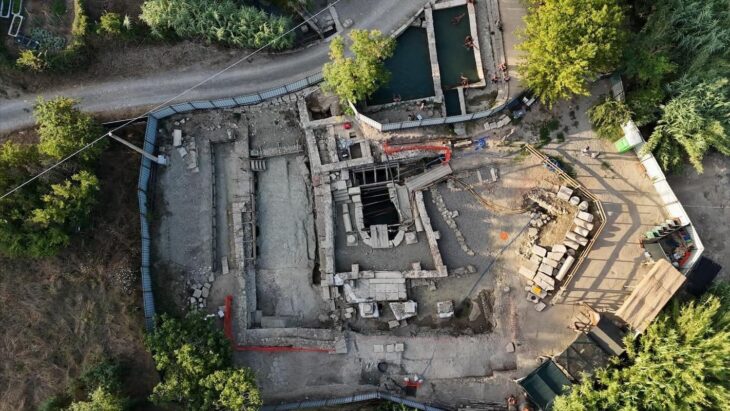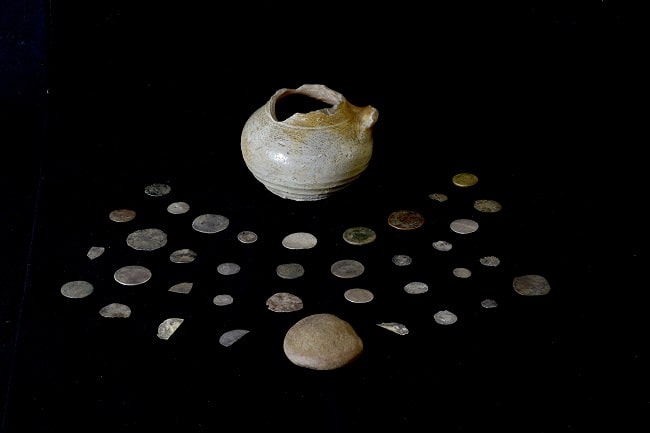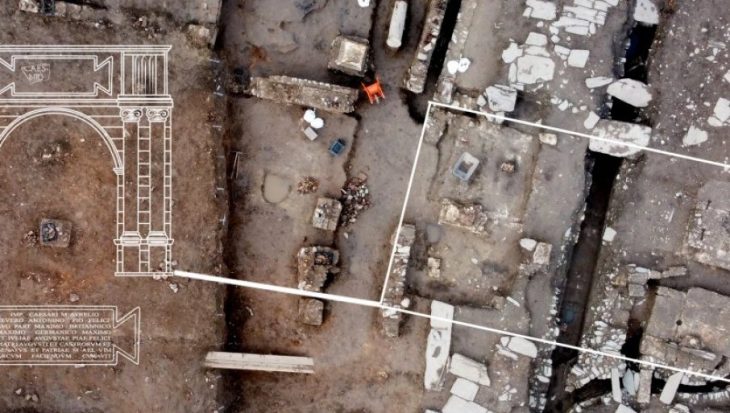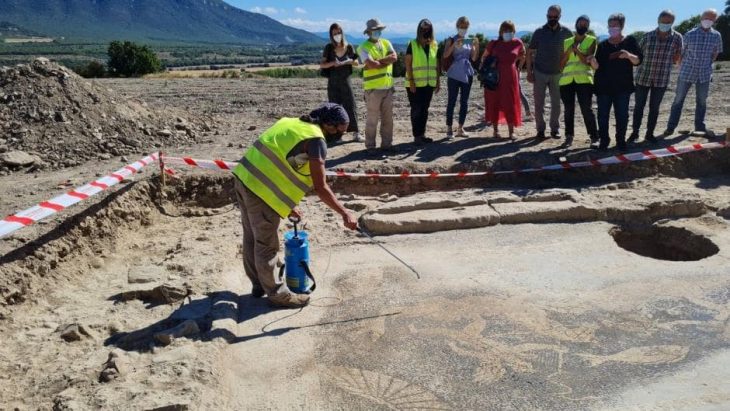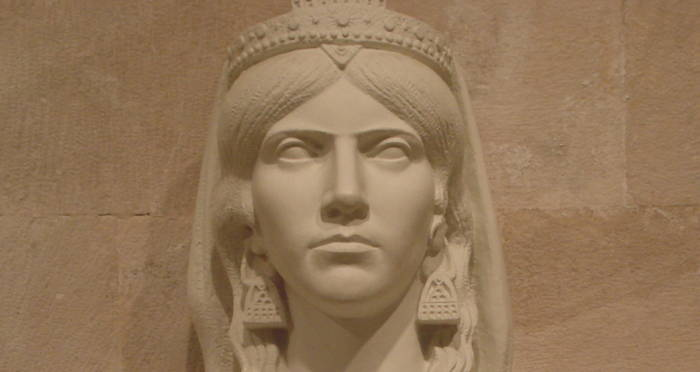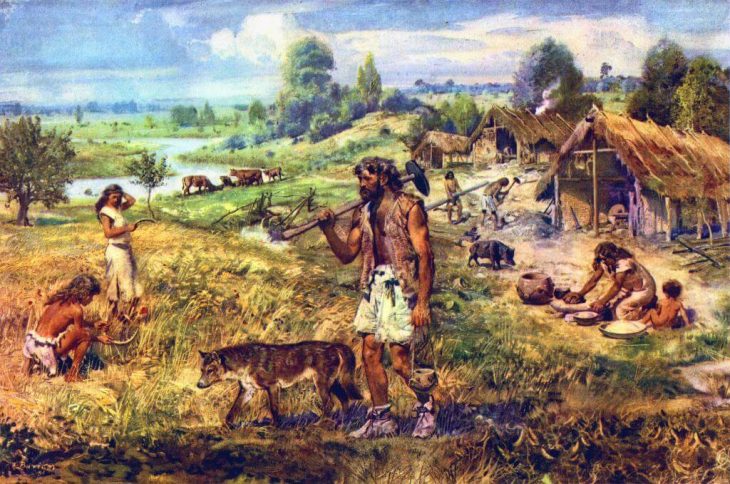A newly deciphered manuscript dating back 1,600 years has been determined to be the oldest record of Jesus Christ’s childhood, researchers in Germany said in a news release.
Researchers have discovered the earliest surviving copy of the Infancy Gospel of Thomas. Dating to the 4th or 5th century AD, the fragment is part of a Gospel which tells episodes of the childhood of Jesus. Until now, it was believed that the earliest version of this gospel was a codex from the 11th century.
For decades, a papyrus fragment with the inventory number P.Hamb.Graec. 1011 remained unnoticed at the Hamburg Carl von Ossietzky State and University Library. This document was believed to be nothing more than a very old, everyday note, such as a private letter or a shopping list. Researchers now believe that the papyrus fragment—which was written more than a millennium and a half ago—is not just a memo, but rather the oldest surviving written copy of a gospel that describes Jesus’ early life.
Papyrologists Dr Lajos Berkes from the Institute for Christianity and Antiquity at Humboldt-Universität zu Berlin (HU), and Professor Gabriel Nocchi Macedo from the University of Liège have identified the fragment and published their findings in the journal Zeitschrift für Papyrologie und Epigraphik.
The document translated by Berkes and Macedo was dated between the 4th and 5th centuries. The stories in the document are not in the Bible, the news release said, but the papyrus contains anecdotes that would have been widely shared in the Antiquity and the Middle Ages. The few words on the fragment describe a “miracle” that Jesus performed as a child, according to the Gospel of Thomas, which says he brought clay figures of birds to life.
📣 Our WhatsApp channel is now LIVE! Stay up-to-date with the latest news and updates, just click here to follow us on WhatsApp and never miss a thing!!
The document was written in Greek, Macedo said, confirming for researchers that the gospel was originally written in that language. This fragment, which measures roughly four inches by two inches and contains only 13 Greek lines (with around 10 letters per line) originates from late antique Egypt, according to the news release.

This is a significant discovery for the research field, as the manuscript dates back to the early days of Christianity. Until now, a codex from the 11th century was oldest known Greek version of the Gospel of Thomas, which was probably written in the 2nd century AD. These writings were not included in the Bible, but their stories were very popular and widespread in Antiquity and the Middle Ages.
“The fragment is of extraordinary interest for research,” says Lajos Berkes. “On the one hand, because we were able to date it to the 4th to 5th century, making it the earliest known copy. On the other hand, because we were able to gain new insights into the transmission of the text.”
“Our findings on this late antique Greek copy of the work confirm the current assessment that the Infancy Gospel according to Thomas was originally written in Greek,” adds Gabriel Nocchi Macedo.
New technology helped Berkes and Macedo decipher the language on the fragment and compare it to other early Christian texts.
“It was thought to be part of an everyday document, such as a private letter or a shopping list, because the handwriting seems so clumsy,” Berkes said in the news release. “We first noticed the word Jesus in the text. Then, by comparing it with numerous other digitized papyri, we deciphered it letter by letter and quickly realized that it could not be an everyday document.”
Researchers said in the news release that they believe the gospel was created as a writing exercise in a school or monastery. That would explain the clumsy handwriting and irregular lines, they said.
Cover Photo: Sienalı Guido (1230–1290), Lindenau Müzesi, Altenburg


